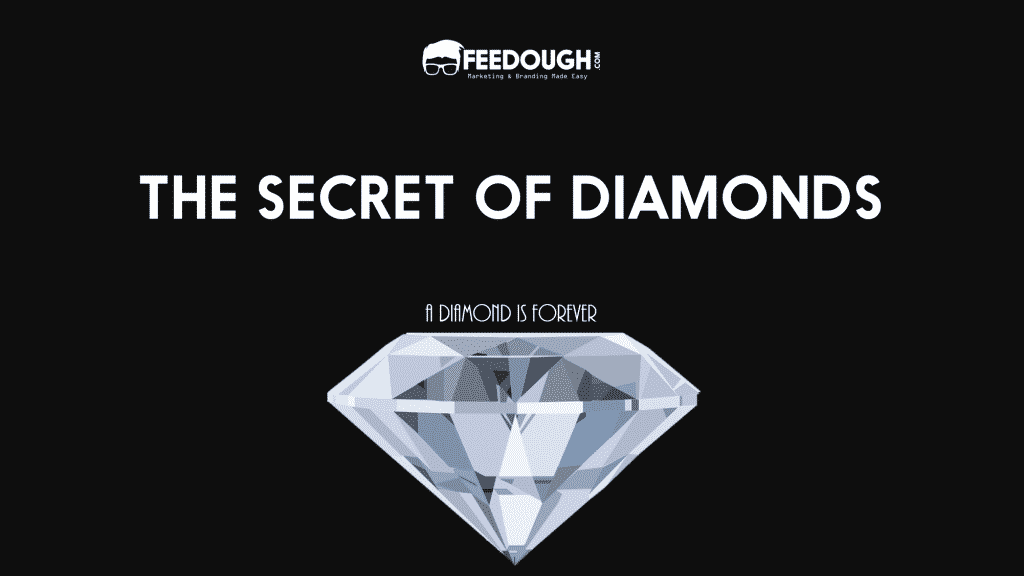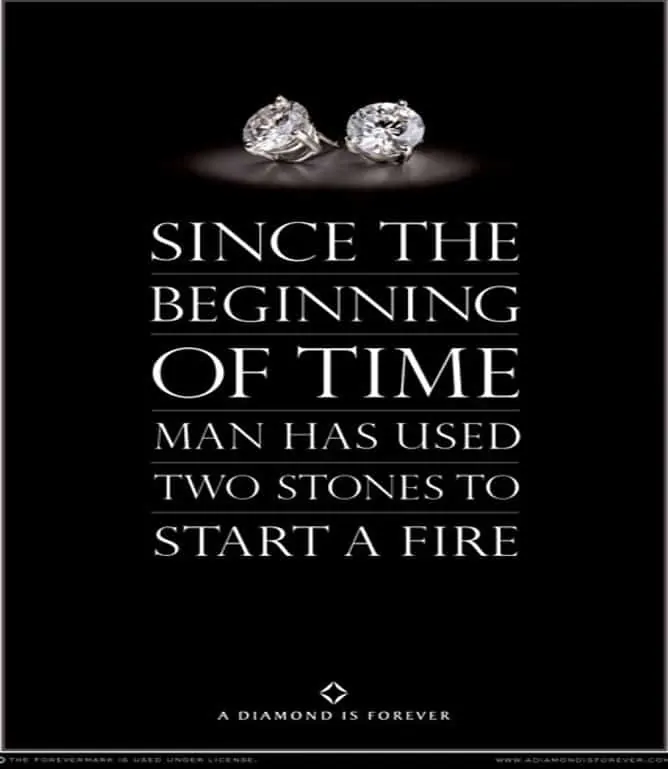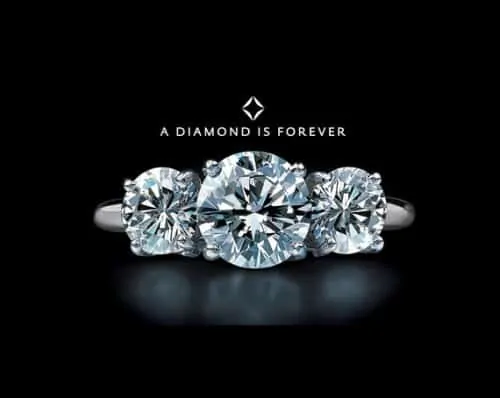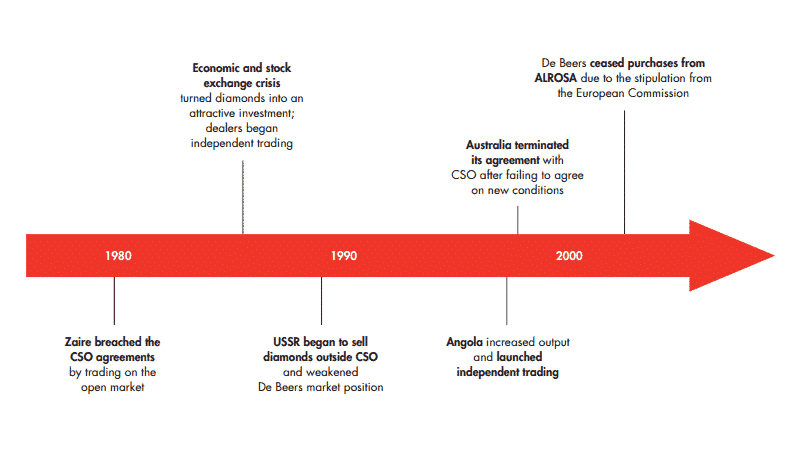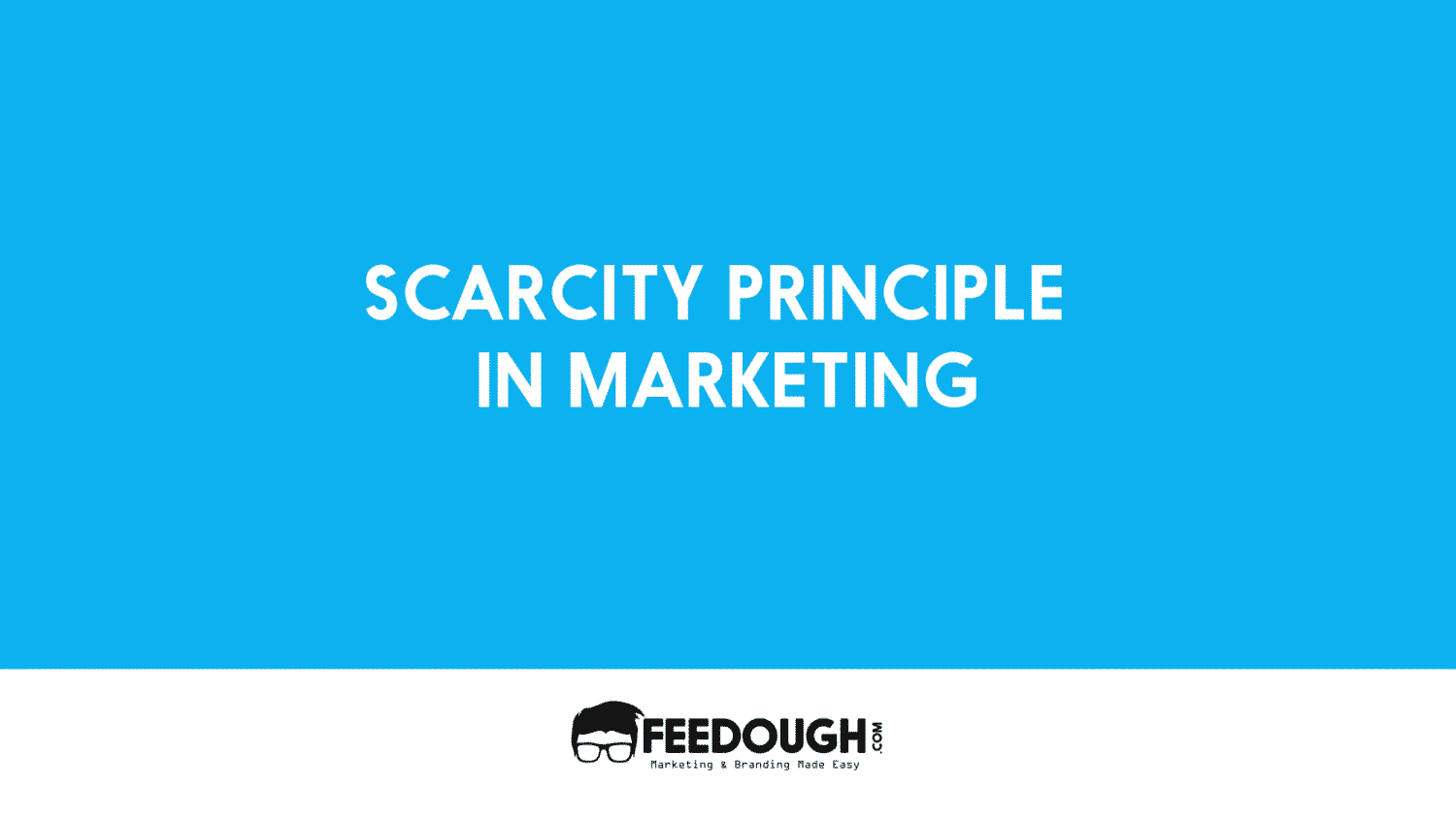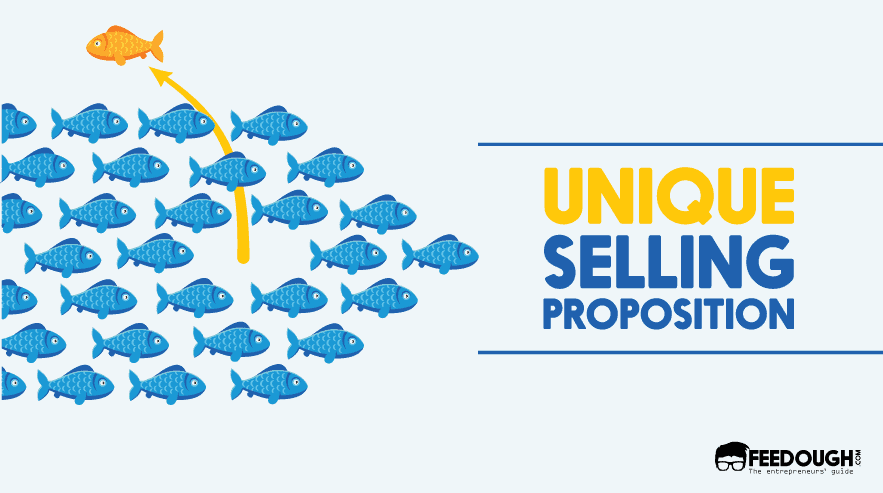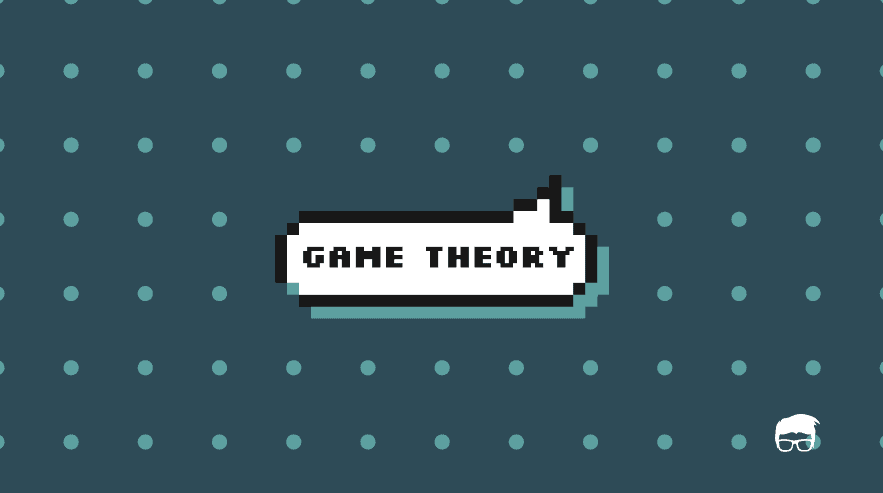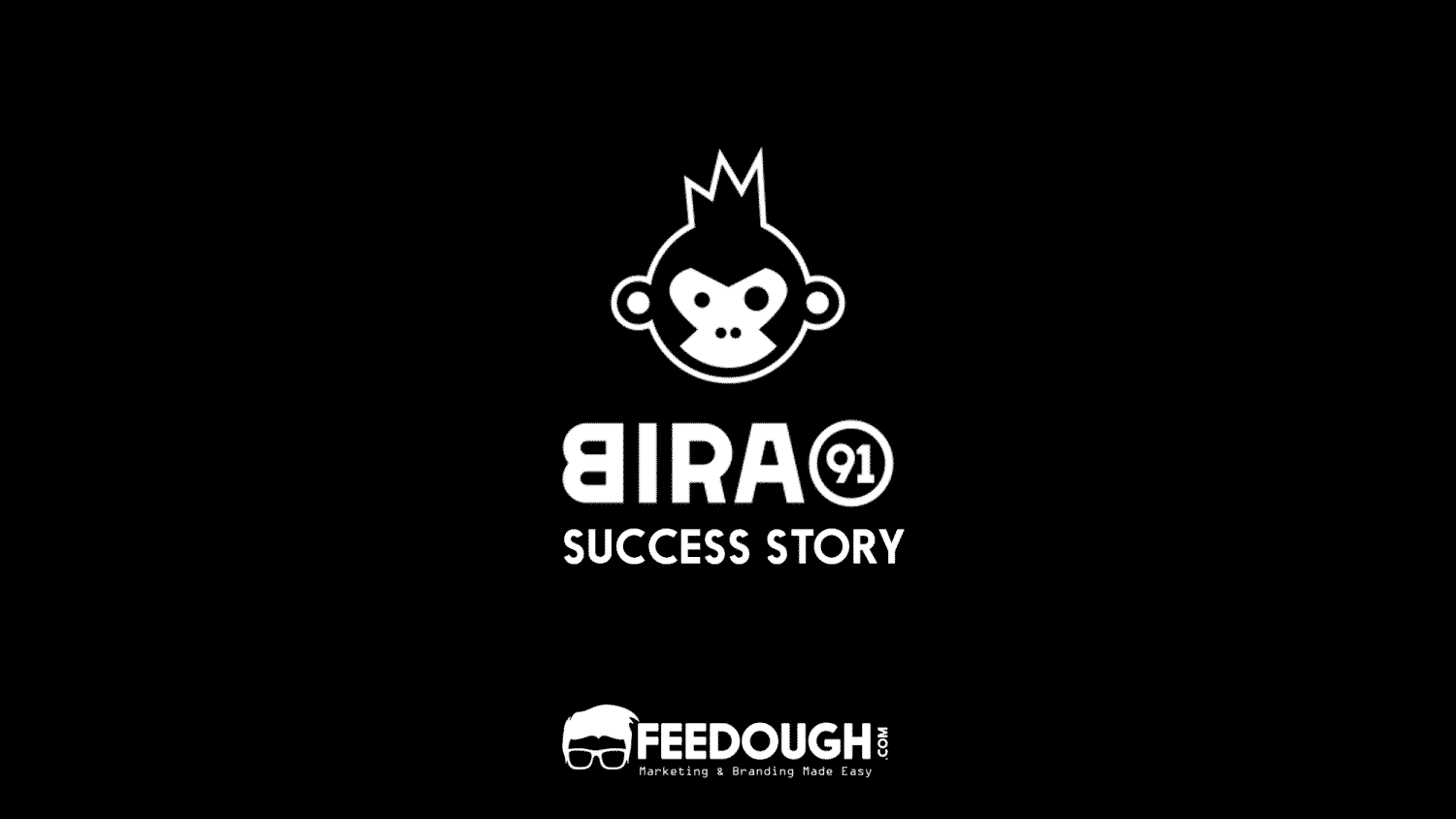Are diamonds rare? Or are they expensive for no reason? Believe it or not but the only reason why diamonds are considered special, rare, and expensive is that they were marketed very well by De Beers.
Diamonds are one of the hardest naturally occurring substance found on Earth and serve two main functions today: jewellery and industrial uses. Approximately 50 percent of the volume of diamonds extracted becomes gemstones for jewellery, yet they account for more than 95 percent of the total value. The credit for the same goes to De Beers for marketing diamond as the only gem perfect for an engagement ring. Today, polished diamonds account for about 40 percent of all jewellery manufacturing; engagement rings being the largest category of diamond jewellery.
The Diamond Marketing Mystery
You must be having many questions in your mind, like –
Who/what is De Beers?
Are diamonds rare?
What’s the history of the diamond marketing mystery?
Is my investment in diamond a waste?
… and so on.
We’ll try to answer most of them in this diamond marketing case study.
De Beers?
There are four top diamond producers in the world– ALROSA, BHP Billiton, Rio Tinto and De Beers. Not much time has passed when De Beers was the only one.
Diamond, although discovered first in India in 4th century BC, became a very valuable commodity in the 1800s when European women started wearing it at all important social events.
The discovery of diamonds in South Africa in 1870s played a very important role in shaping the diamonds as we see them today. One farm where diamonds were discovered was owned by Diederik and Johannes de Beer. This farm was bought (forcefully) by Cecil Rhodes who founded the De Beers commercial mining company in 1871.
Many new mines were discovered at that time and European financiers feared that the discovery of new mines would increase the supply of the gem and will result in it becoming a semi-precious gem. Hence De Beers, in 1888, became a merged institution (cartel) which controlled most of the production and distribution and perpetuated the illusion of scarcity of diamonds. This illusion helped them in stabilizing the prices of the gem.
The credit of growth in terms of mining, trading, and marketing of De Beers goes to Ernest Oppenheimer who after buying its significant shares became the chairman of the De Beers group and evolved it as a global leader of the diamond industry. By 1902, De Beers accounted for 90 per cent of the world’s rough diamond production and distribution.
The organization proved to be the most successful cartel arrangement in the history of modern commerce. Unlike gold, silver, etc., the prices of diamond were not dependent on the economic conditions and kept on rising every year. The industry took a benefit of the network effect that created an illusion of the diamond being a very rare and beneficial gem which even fooled speculators who, in the 1970s, bought diamonds as a guard against variable inflation and recession conditions.
“A Diamond is Forever” Marketing Strategy
The demand for diamonds was created as soon as its use was invented by De Beers. The diamond use invention was more than a monopoly for De Beers as they were among the very few ones who controlled its distribution. Initially, a diamond was considered a luxury and a gem only for the wealthy. But the great depression of 1930s resulted as a great fallback for De Beers and forced them to look for ways to maintain and create a demand for diamonds which isn’t affected by the economy.
They needed a marketing plan to make diamonds put in use forever. Diamonds didn’t have much resale value and this could hamper the demand for the same. Hence this was another point which was kept in mind while forming the marketing strategy.
[Fun Fact: A diamond loses up to 50% of its value as soon as you buy it from the jeweller]
All these factors were discussed by Harry Oppenheimer, the son of Ernest Oppenheimer, to N. W. Ayer, the only advertising agency they approached for their marketing communication strategies.
Since Europe was under a threat of war in the 1930s, the USA was selected as the country with the most potential to support a growing diamond market. N.W. Ayer conducted extensive research on the social attitudes and perceptions of people about diamonds and came out with a conclusion that diamonds were considered a luxury reserved only for the super-wealthy. The requirement at that time was to have a more emotional connection with the diamond rather than having it as a luxury.
This made them come up with an idea of associating love, commitment and marriage with diamonds.
A Diamond is Forever
De Beers needed a marketing strategy to fulfil their vision –
- To sell more and bigger diamonds [people in the USA were spending more low-quality diamonds].
- To prevent people from reselling diamonds [Diamonds were already plentiful and hence had less resale value]
- Give a purpose to people to buy diamonds [which should last long]
The marketing campaign A Diamond is Foreverassociated the diamond in the engagement rings with true love. N.W. Ayer came up with this perfect strategy to market diamond as the perfect gem which was emotional, socially valuable, and eternal. All of the qualities, when combined, covered the limitations of the product. To be precise, it actually converted tiny crystals of carbon into universally recognized tokens love and romance.
De Beers was the category marketer and marketed diamonds as a category and not their brand.
Honestly, what De Beers did for diamonds, anyone can do it for anything. They just made their customers proud of their bargain.
Different market segments and other factors were kept in mind while progressing with the campaign. For women, the “the diamond is forever” campaign played a great role in positioning diamonds as a symbol of foreverness and true love. Add-ons like 10th Anniversary, 25th Anniversary diamonds, etc. were added to keep the forever campaign going.
Some measures like Colour, Clarity, Carat (size), Cut, Shape and Fluorescence, etc. were created to make these stones more logical and to add more levels for pricing. The equity was also built in the form of emotional connect – “How else could two months salary last forever?”.
The diamond invention is a perfect example of great marketing where a long-term demand was created when there was none. It’s a perfect example where marketers were capable of converting luxury into needs.
The Diamond Price Marketing Strategy
It is clear that the law of demand and supply doesn’t apply on diamonds as every diamond dug will diminish its market value because, as we all know, diamonds are forever. But this doesn’t happen actually; the prices of diamonds are not dependent on supply, but just on market demand. It’s the effect of the same marketing strategy that drives this demand till now.
Unlike gold and silver, not all diamonds can be used as an investment instrument. The usual diamonds which customers buy as jewellery are not of investment-grade and has very less resale value. This is because the wholesale and retail value of diamonds has huge differences and the retailers desire to buy them at wholesale prices. Hence, diamonds are just pretty (expensive) stones with not much value.
Phase after the 1970s
But in the 1970s a significant change in the distribution of diamonds took place when many producers and dealers started selling rough diamonds through alternative channels instead of selling through the unified sales channel of De Beers’ Central Selling Organisation.
During the 1990s more producers broke away from CSO and started selling independently in the global market. This increased the number of rough diamonds in the market and also created competition for De Beers. De Beers now doesn’t have the sole responsibility of marketing diamonds, it focuses more on its brand – Forevermark. Business Ethics standards were set to make sure the market remains free of fluctuations.
The trend started by De Beers is prevalent even today. The only difference is that there are more players in the market handling diamond marketing.
Go On, Tell Us What You Think!
Did we miss something? Come on! Tell us what you think of this article on Are Diamonds Rare? De Beers Diamond Marketing in the comment section.
A startup consultant, digital marketer, traveller, and philomath. Aashish has worked with over 20 startups and successfully helped them ideate, raise money, and succeed. When not working, he can be found hiking, camping, and stargazing.
